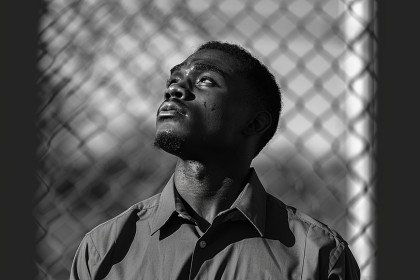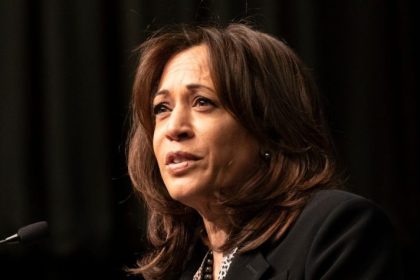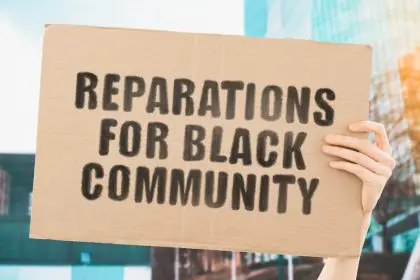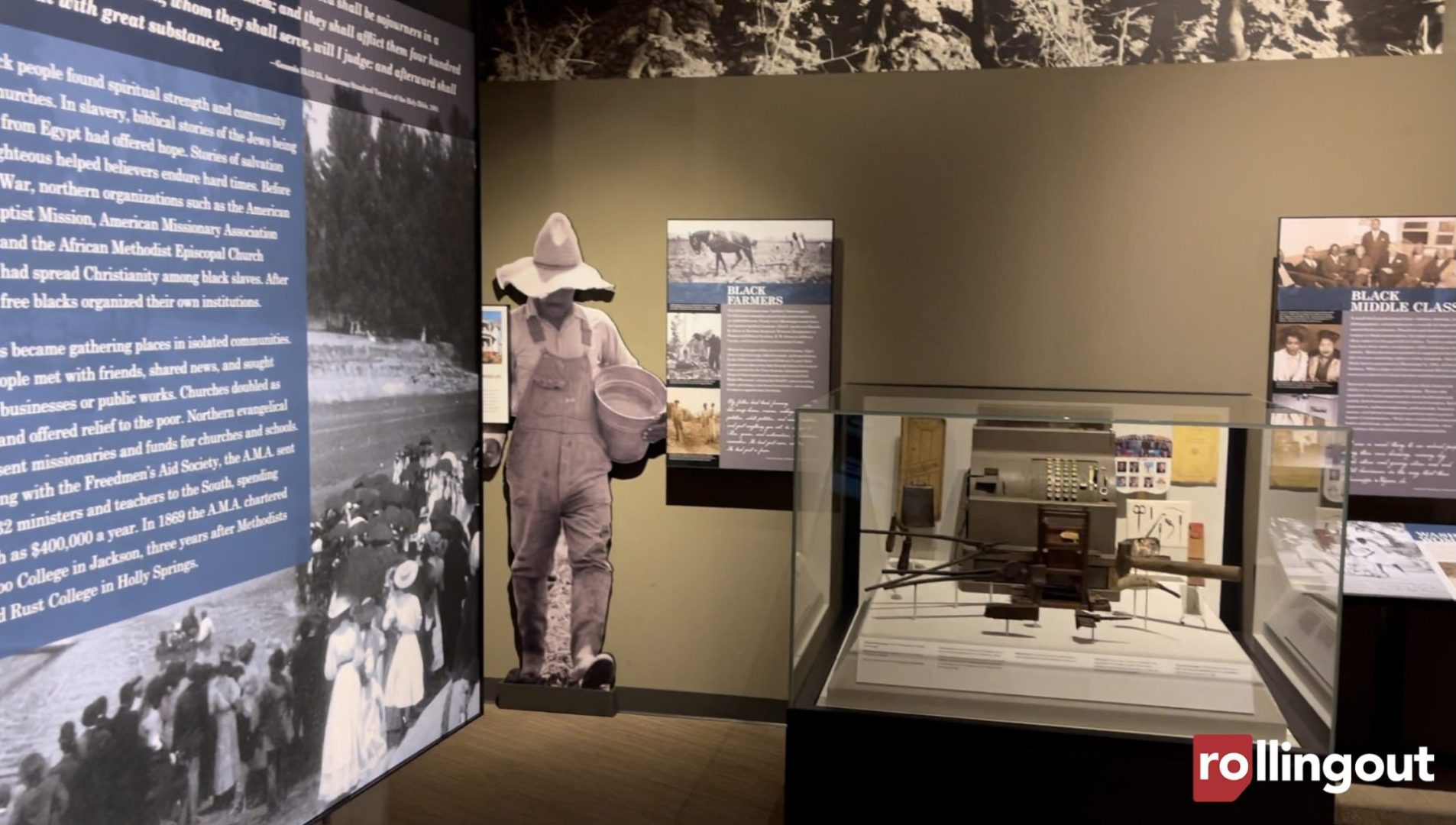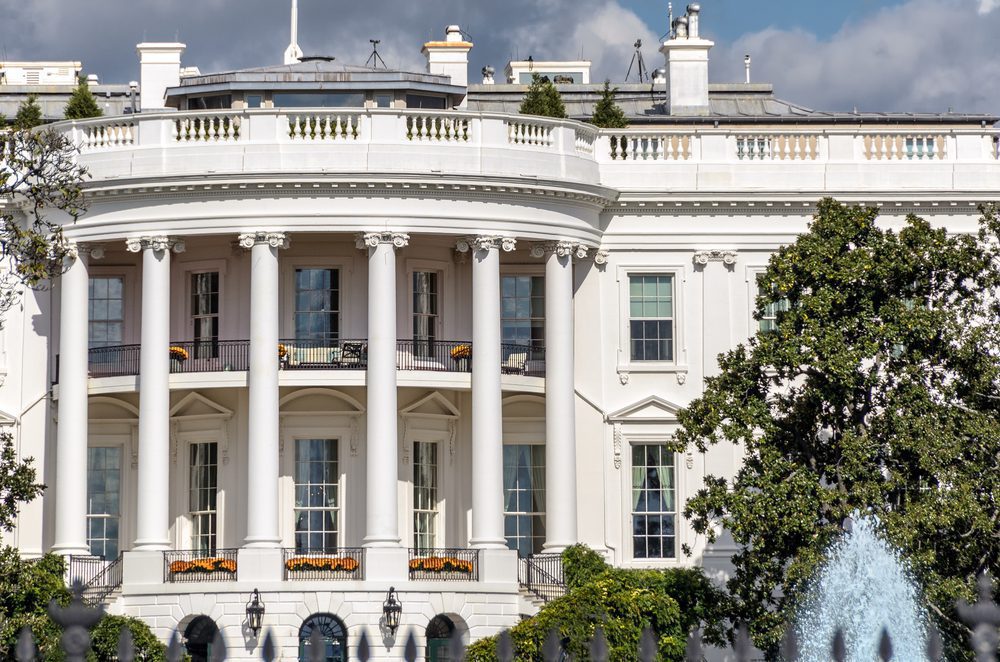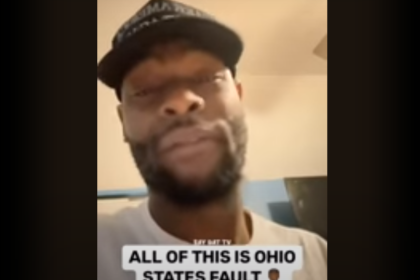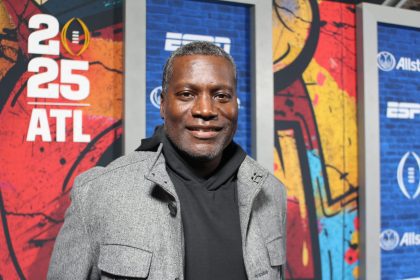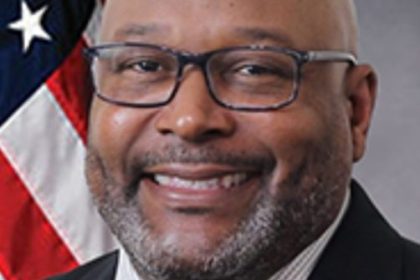 When the multi-million dollar National Underground Railroad Freedom Center opened in 2004, it stood as a triumph and testament to the thousands of African Americans who escaped slavery to freedom — and to those brave souls along the northbound escape route who risked life and property to provide food, safe lodging and directions.
When the multi-million dollar National Underground Railroad Freedom Center opened in 2004, it stood as a triumph and testament to the thousands of African Americans who escaped slavery to freedom — and to those brave souls along the northbound escape route who risked life and property to provide food, safe lodging and directions.
Tragically, the museum faces deep financial troubles that could force it to shut down.
Located in Cincinnati, where African Americans crossed the Ohio River from slavery into freedom, the center has slashed its operating budget by severely cutting expenses, but still faces a $1.5 million shortfall in 2012, according to Freedom Center board Co-chairman John Pepper.
Pepper, chairman of the board of Walt Disney; the Rev. Damon Lynch, Pepper’s Freedom Center co-chairman; and Kim Robinson, the center’s president and chief executive, discussed the threat of the center closing by the end of 2012. “We were not crying wolf,” Pepper told USA Today in a telephone interview from Los Angeles.
Robinson said the Freedom Center’s budget was cut from $12.5 million in 2004 to $4.6 million in 2011, and its workforce from 120 to 34 full-time employees. “We are scratching and clawing,” he said.
The Freedom Center’s leadership admits it failed to market its mission clearly enough and should have appealed to all audiences in its outreach. As an institution that examines the enslavement of Africans in North America, the facility has struggled to fight the label that it’s a black-only museum, Lynch said.
“We need to become more engaging to bring families and young people through our door,” said Pepper.
Pepper is the Freedom Center’s primary fundraiser and benefactor. He and his wife, Francie, have contributed more than $15 million since 1999, he said.
In 2010, the center expanded its original mission of telling the stories of abolitionists from the Underground Railroad by adding a permanent exhibit, Invisible: Slavery Today, that examines contemporary slavery, human trafficking and today’s abolitionists.
In addition to the new exhibit, several options have been explored that could bring more much needed revenue into the center’s coffers, including leasing space to tenants, a potential naming-rights deal, opening a full-scale restaurant to utilize its liquor license.
Rev. Lynch, a Cincinnati native and pastor for 41 years of New Jerusalem Baptist Church, one of the city’s most influential black congregations, says the Freedom Center’s survival is personal.
“Not on my watch,” he insists. “We will do whatever it takes now to be here 100 years from now.”
Anyone who is interested in helping to save this important cultural and historical resource can visit the National Underground Railroad Freedom Center’s website for more information. –kathleen cross

